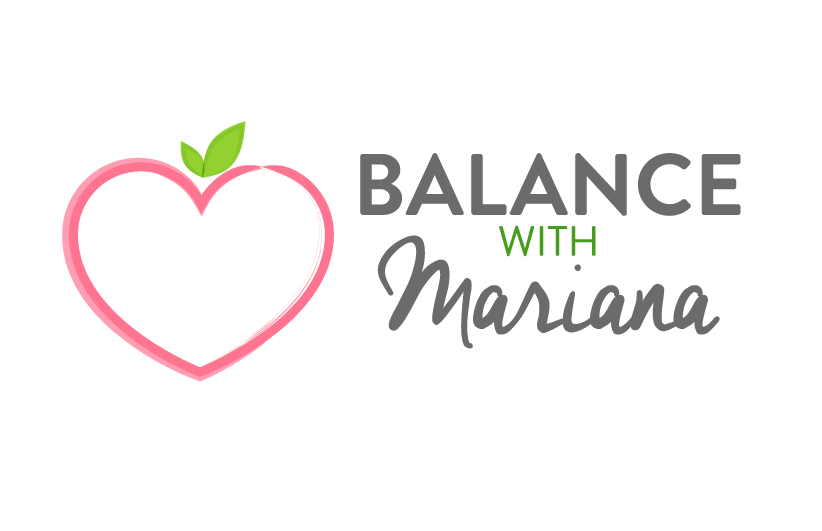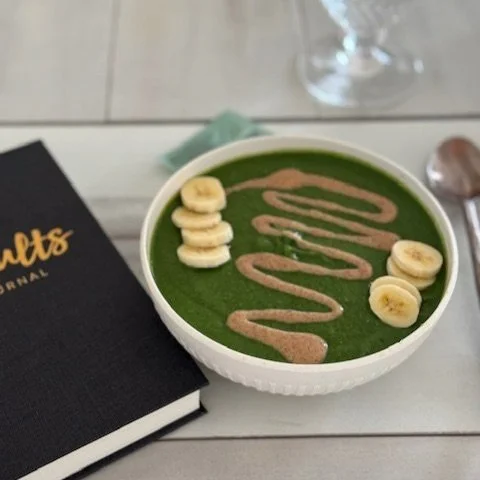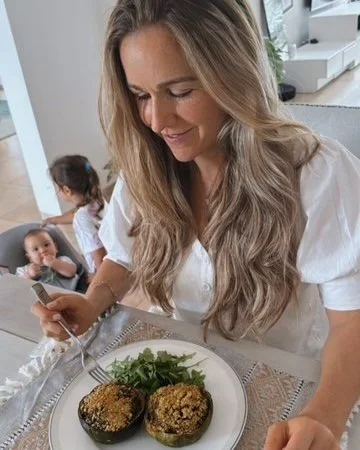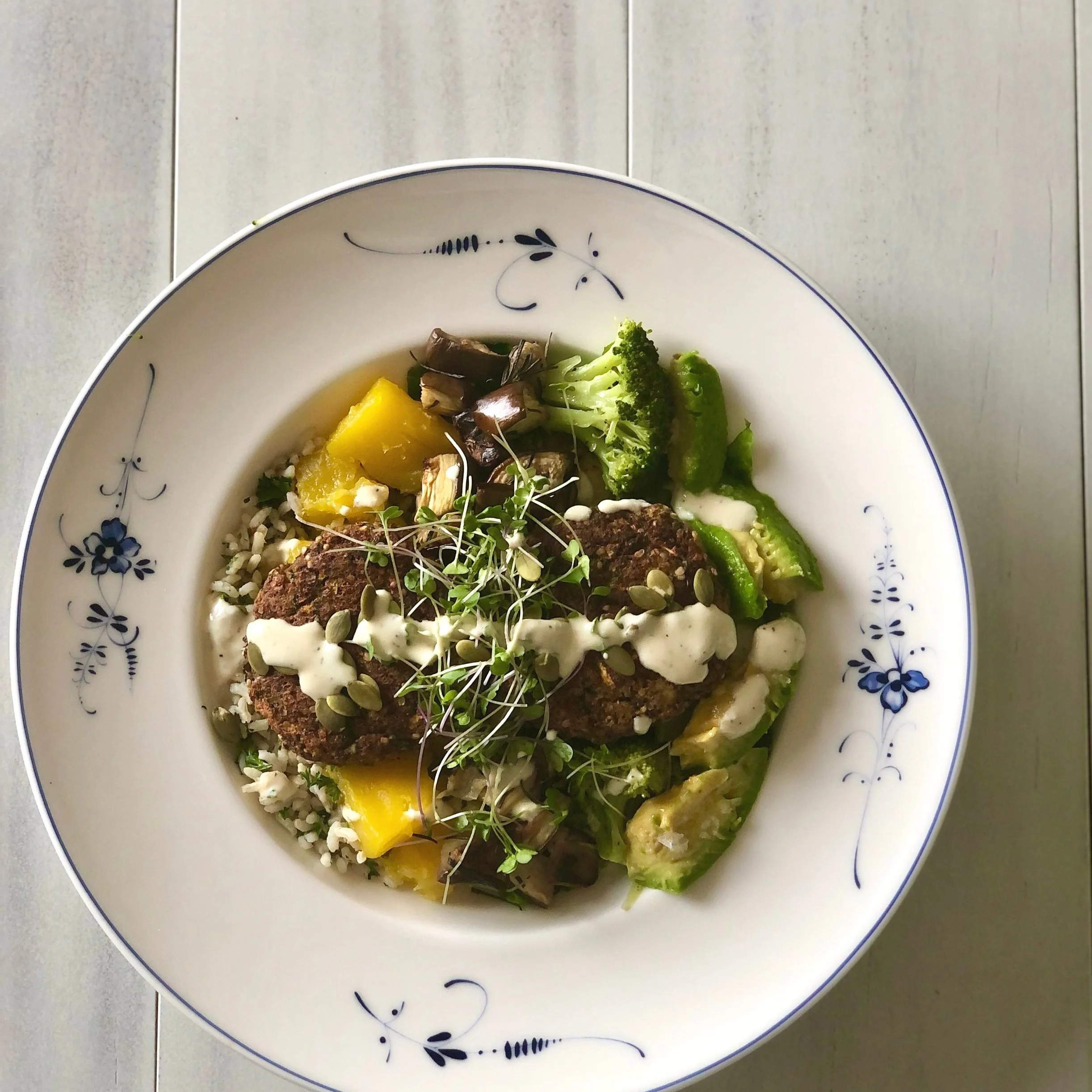I just turned 41 !! and - except for a recent sciatica episode - I feel great. Healthy, strong, happy and beautiful.
I proudly achknowledge that my healthy lifestyle has helped me recover super quickly after both my pregnancies, despite my age. So I want to share some of my daily diet and lifestyle practices that help me lose weight postpartum, and continue to feel healthy and strong.
My self-love practices also play a huge role. Even though I still have a few extra pounds from my last baby, they don’t bug me as they would have in my 20s or 30s, as I know they’ll come off soon (probably when I stop breastfeeding and my hunger goes down a bit), and I’ve felt overall good in my body, and even energetic despite middle-of-the-night wakings (due to my baby). And this is huge, as I’m someone who NEEDS her 8 hours of sleep. So waking in the night to feed my baby is tough for me, and I KNOW it means I need to nourish myself extra well.
Therefore, these past months, I have placed tons of emphasis on eating enough nutrients and NO deprivation, to have energy despite waking up at night, and to support my breastfeeding journey. (Breastfeeding can be exhausting, and in my case, makes me very hungry!). And I love that this focus on NOURISHMENT (and NO calorie counting) helped me lose my baby weight the first 2 months, and after that, has really fueled me and helped me feel amazing at 41.
With this in mind, I want to share a typical day for me currently (and in these past 6+ months) so you have an idea of what it looks like to be healthy and well-nourished without any calorie counting nor deprivation.
Let’s start with the basics. Some key things I practice regularly that help me stay healthy and feel good include:
MINDFUL BREAKS. Daily time for breathwork or a quick meditation (even if its deep breathing while breastfeeding or walking my baby outside, but its conscious and focused, and I’m alone or with my baby and at peace; this is key!)
HYDRATION. I hydrate like crazy. I have about 2 cups of water upon waking, then my lemon water, then my matcha latte, then another water, then my morning smoothie, then more water …. all before lunch! And I’ve been adding trace minerals to my water, and most afternoons I’ll also have one glass of water with 1/2 an LMNT pack.
MOVEMENT. Staying active, including (most days) both AM and PM movement (even if its a 10 minute walk with my baby, or 15 minute barre/pilates class)
FOCUS ON BUILDING MUSCLE, eating enough protein and strength training
Extra HEALTHY FATS & OMEGA-3s. I eat about 2-3 avocados per week, tons of almond, cashew and peanut butter, as well as raw nuts and seeds, I drizzle extra virgin olive oil on my foods, I add coconut yogurt to my smoothies, and more…!
PROTEIN. About 100 grams of protein per day (I estimate I get about 90-105 grams daily). Since I’m breastfeeding I’m at the upper range of my protein range, about 0,8-0,9 grams per “ideal” body weight of 118 pounds, but once I’m done breastfeeding and back to my normal weight, I’ll probably decrease that to average 90 grams of protein.
FIBER. Adding acacia fiber to my morning matcha latte and my afternoon decaf coffee latte, as well as flaxseeds to my daily smoothie (+ taking magnesium at night) to help me stay regular.
ALLOWING FOR NUTRITIOUS SWEET TREATS. Allowing myself to enjoy healthy desserts every day (usually twice a day!). I’m getting all the wonderful benefits of cacao and organic dark chocolate (and all the other superfoods that I add to my desserts!). Some balance is key.
PRIORITIZE SLEEP. Going to bed earlier than usual to make up for the fact that I wake up at night at least once to feed my baby (a few months ago I was waking up 4-5 times, now I’m down to just once most nights) but regardless I need an early bedtime in order to get my 7.5-8.8 horus of sleep. My Oura ring has helped me a lot with this!
EAT THE RAINBOW, filling my plates with TONS of greens and other colorful veggies.
Here is my typical day:
7am: I start my day feeding my baby, then I stay in bed doing some deep breaths.
I drink tons of water and take my probiotics and warm lemon water. I brush my teeth (while doing some leg lifts!) and aim to step outside even if its for a 5 minute meditation
8am: Matcha-Moringa Latte with collagen and acacia, pinch of cinnamon and my homemade almond milk.
8:30-9:15am: Workout (and pump!). Sometimes it’s a 20 minute workout only, other days its 40 minutes. Depending on my day, how much work I have, etc.
9:30am: Breakfast: a loaded protein smoothie bowl + vitamins (while I journal and set my intention for the day)
(Go to Balance Market / work/ clients)
12:15pm: Small nutritious protein-rich snack (while I feed my toddler and infant their lunch) + a few more glasses of water (here I sometimes have 1/2 packet of LMNT electrolytes with my water for extra hydration).
Examples of snacks: a few seed crackers with hummus or babaganoush and homemade kale chips, or a small serving of homemade tuna or salmon salad with seed crackers or celery and carrot sticks, tomato-avocado-bean salad, a small slice of my seed bread with cottage cheese, etc.
back to work…
2pm: Lunch (+ dessert). I always start my lunch with a green salad (usually a mix of lettuces, microgreens and some avocado) then follow it with animal protein with cooked veggies and sometimes a legume/grain. Some of my typical lunches include:
shepherd’s pie - my healthy version with sauteed greens and cauliflower mash
or often it’s just grilled chicken or fish (usually with a tbsp of homemade pesto) + 1/4 cup quinoa (or brown rice mixed with cauliflower rice) and about 2-3 cups of mixed roasted veggies (I have usually 3 different roasted veggies)
For dessert I have (usually) either a few squares organic dark chocolate 80%+ cacao and/or 2 energy balls. I switch up my energy ball recipes (I’m currently loving these) and sometimes make them into squares (like my peanut butter chocolate fudge squares)
3:30 or 4pm: Decaf latte (organic swiss water decaf always, with acacia, cinnamon and homemade almond milk). I sometimes grab a few cashews or a slice of my banana bread or zucchini bread too, though I know its best not to snack! (When I feel compelled to lose a bit of weight, I’ll cut out this snack!)
5:30pm: either I teach barre OR I go for a quick stroll with my baby outside
6:30pm: Dinner (usually vegetarian) + healthy dessert. My go to dinners include:
vegan macro bowl (using leftovers usually!)
veggie curry (or this one with garbanzos) and some cauliflower rice on the side
2 egg frittata or omelet with tons of veggies and 2-3 tablespoons white or black beans mixed in + sliced avocado
any creamy vegan soup (made with bone broth or I’ll add collagen) with an avocado toast (on my gluten-free seed bread) sprinkled with seeds
a generous piece of my vegan lasagna, or 2 slices of my Pascualina (it’s like a spinach quiche) or veggie quinoa tahini bowl - all three from Balance Market - with an extra egg and a small side green salad
My healthy desserts after dinner are usually 2 energy balls or 1-2 of my peanut butter chocolate fudge squares, or a black bean brownie, or chia pudding with granola and dark chocolate chips, or avocado chocolate mousse, and lately my tofu chocolate mousse.
Note: I try to listen to my body and only eat dessert if I really really want it, but honestly, these days I always feel I “need it”. When I’m done breastfeeding I will do a mini detox (one of my signature ones, join me for my next one!) to help me lower my sweet cravings and cut out one of my daily desserts.
8:30pm: Kids are asleep and I start my evening routine. I get ready for bed, do my self care (face creams, etc), and either read a book or watch a show with my hubbie (and these days I pump again at this time!)
9:30-10pm: SLEEP. I aim to be asleep before 10pm (but it doesn’t always happen!). If I went to bed later and woke up more than once to feed my baby, I’ll do my best to stay in bed a little later and push back my morning routine, because I know how crucial my sleep is!
So there you have it. TONS of nutritious foods all day long (including desserts!), tons of hydration, and movement both in the morning and evening (most days!), plus always some time for myself and my self-care, my family, friends and work.
Just remember everyone is different, we each have unique bodies and metabolisms, so please honor your bioindividuality. But I hope this inspires you to “UP your nutrition and self-care game”, and release the need to do unnecessary dieting! Because when we properly nourish our bodies, yes we can still lose weight and feel great!
Love and Balanced Nutrition,
Mariana








